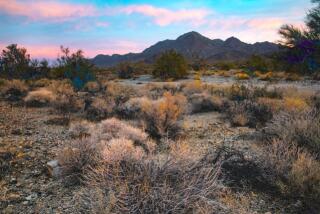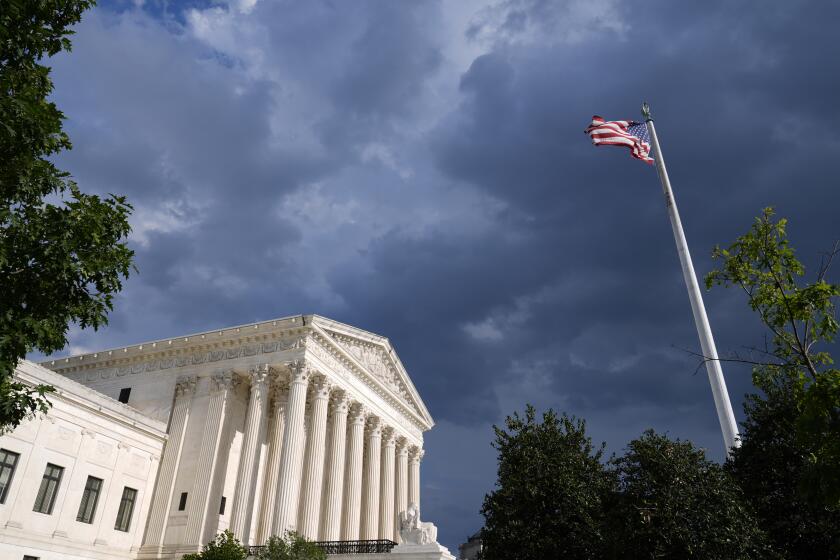Obama creates national monuments in Illinois, Hawaii and Colorado

- Share via
Reporting from Chicago — President Obama came to his hometown Thursday to deliver a pre-election present to Mayor Rahm Emanuel as he seeks a second term next week, formally designating the city’s Pullman factory district a national monument and praising the mayor’s “extraordinary service” to Chicago.
Obama appeared at Brooks College Preparatory Academy in Pullman to make the announcement, where he noted Emanuel’s tenure as his first White House chief of staff before becoming a “big-shot mayor.”
“He was an essential part of my team at the White House during some very hard times for America. And I relied on his judgment every day and his smarts every day, his toughness every day,” Obama told the crowd.
Pullman was one of three places designated by Obama as national monuments Thursday, along with Browns Canyon National Monument in Colorado and Honouliuli National Monument, a former internment camp for Japanese Americans during World War II, in Hawaii.
Obama said Thursday’s visit was “special to me” in making the Pullman designation not far from his first job as a community organizer at Holy Rosary Church.
“This was the neighborhood where I made lifelong friends,” Obama said. “This was the neighborhood where I became a man.”
The Pullman district was the birthplace of the first African American labor union certified by the American Federation of Labor — the Brotherhood of Sleeping Car Porters.
The Pullman company town was built in the 1880s by railroad mogul George Pullman, and the residences that workers lived in and the stores that they shopped at all belonged to Pullman. His sleeping cars employed black porters, jobs that allowed them to escape the Jim Crow South and spread a message of opportunity across the country.
Residents of Pullman have campaigned for years for the site to be named a national monument and to prevent it from being swallowed by blight. They hope the designation will lead to more economic development and job opportunities in the Far South Side neighborhood.
More to Read
Get the L.A. Times Politics newsletter
Deeply reported insights into legislation, politics and policy from Sacramento, Washington and beyond. In your inbox twice per week.
You may occasionally receive promotional content from the Los Angeles Times.










